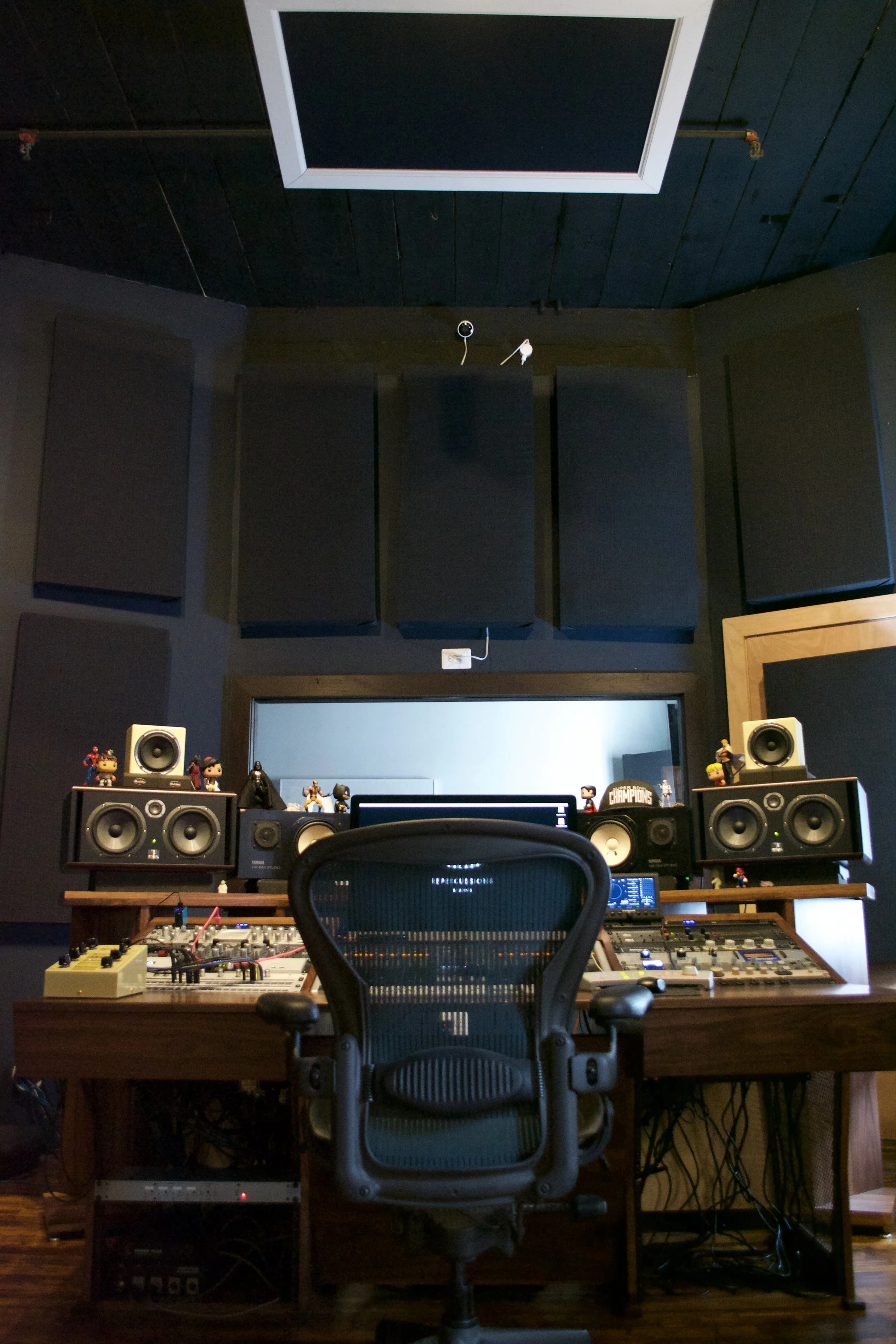Mastering can often be a bit of a game of compromise. Our philosophy is to get the mix exactly how we want it to sound. With the popularity of making songs loud there is a bit of degradation that happens when you push a limiter too hard. We often forget that mastering is an enhancement of the mix not simply a louder version of it. When preparing for a master having your mix sit under -6db is a healthy rule of thumb. This is the peak level. Enhancements can be made by using harmonic enhancers. The use of your compressor at this stage should be looked at as a harmonic enhancer not simply a compressor. Though cutting some transients are important at this stage to not over work your limiter. Our philosophy on Eq in the mastering stage is primarily for deductive eq, cleaning up frequency build up. Multiband compression can then be used in conjunction as a means to control individual transients that may be harsh or dull. Doing all these things while constantly observing the changes you've made as to not bastardized the mix your fellow engineer/producer has worked so hard to create. Mastering is not the cure for a poorly done mix and hence we often offer constructive criticism to help songs sound more commercially appealing. Mastering is a small step in the grand scheme of making a record understanding this and approaching a mix and enhancing it will often leave your clients with a better production of their vision.
Viewing entries tagged
indie
Tip: How to record an acoustic guitar. Have your guitarist play the guitar in several positions in your room. Fine the spot that sounds best to your ears. Place 1small diaphragm condenser microphone in the position you desire. 6-10 inches from the 12 fret is usually a good place to start. Remember to a avoid directing the microphone towards the sound hole as this will cause huge bass build up. Moving the microphone closer to the sound hole gives a bassy tone while higher on the fret gives a brighter tone. The closer you place the microphone gives a more dynamic performance while farther away can smoothen things out allowing for more subtle use of compression to let things sit well in the mix. Move according to taste... That's it! Don't over complicate it and don't introduce phase issues by adding a room mic or another microphone at the bridge... You don't need it to be in stereo nor do you need a room microphone to add ambience. If you want more room sound, back the microphone up a few inches. You'll be surprised at the results. And there's an amazing invention called reverb that can really add dimension to the tone. If you want a lush full sounding acoustic guitar, without phase issues, give this a try.
Tip: I thought the headphone post was a little weak so here's another one... Mixing drums. tuning drums is essential to live recording; However its not always done right or beatmakers will just throw on any ol drum set. If you want your drums to feel locked in and sounding super tight, try an boosting an eq using the key of the song. Using plugins like "rbass" or just a standard eq and add frequencies in the key of the song. If the song is in C try and find the frequency that would enhance that. Using 5ths or the tonic depending on what sounds good or even subtracting the tritone could help your drums sound more in sync with the music. Country music uses this trick a lot, and sometimes the over use of this can make it the drums sound stale. Use it with discretion. Happy music making



